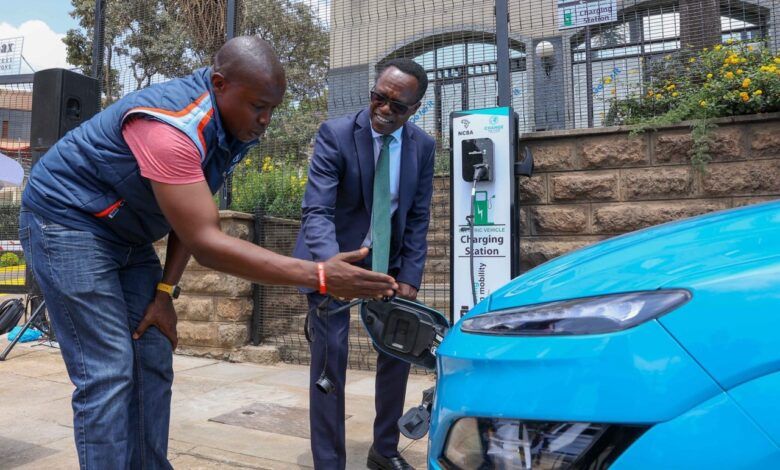South Africa’s power grid received a much-needed shot in the arm on June 30, 2024, with the successful synchronization of Kusile Unit 5.
This addition brings 800MW of baseload capacity online, contributing to a more stable national grid and potentially reducing the dreaded load shedding – the rolling blackouts that have plagued the country for years.
However, experts warn that Kusile Unit 5 is not a magic bullet. While it’s a significant milestone for Eskom, the state-owned power utility, South Africa’s power system remains strained.
Kusile Unit 5 is a major addition to the nation’s power generation capacity. “Not only is it one of the largest base load units contributing megawatts,” said Isabel Fick, Eskom’s General Manager of System Operations, “but it also enhances the stability of the network through its nature.” Unlike renewable sources like solar and wind which fluctuate with weather conditions, baseload power plants provide a constant and reliable source of electricity.















